Bees, Wasps, and Ants (Hymenoptera)
Common Sawflies
TenthredinidaeMost larvae in this family feed on the foliage of trees and shrubs, but some are leaf miners, stem/fruit borers, or gall makers. Females even have specialized ovipositors for cutting into the plant tissue where they lay their eggs. Some species can cause extensive defoliation of trees, and are considered serious pests. Adults are often found visiting flowers.
Representative Genera and Species:
Dolerus
Pollinator Life Cycle:
They have four life stages: egg, larva, pupa, and adult. A single generation is typically produced annually. Over-wintering usually occurs as a pupa or cocoon in the ground or other protected place.
Rarity Status:
The status of Canadian species has not yet been assessed, and none are legally protected.
Physical Appearance:
These are small to medium insects, 5-20 mm long and wasp-like. They are usually black with bright patterns of green, brown, yellow, red, or white. In many species, males and females are different colours. Their antennae have 7-11 segments. Females have a saw-like ovipositor used to lay eggs in plant tissue.
Pollinator Habitat:
Adults frequent a variety of vegetation, and are common in meadows, forests, woodlands, and near rapid streams.
Canadian Distribution:
- Alberta
- British Columbia
- Manitoba
- New Brunswick
- Newfoundland/Labrador
- Northwest Territories
- Nova Scotia
- Nunavut
- Ontario
- Prince Edward Island
- Quebec
- Saskatchewan
- Yukon
Prairie Types:
- Fescue Prairie
- Mixed Grass Prairie
- Tall Grass Prairie






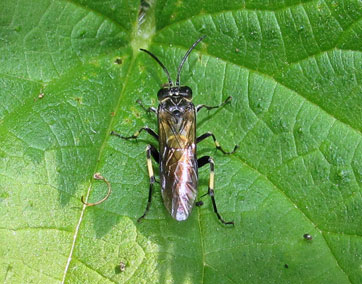
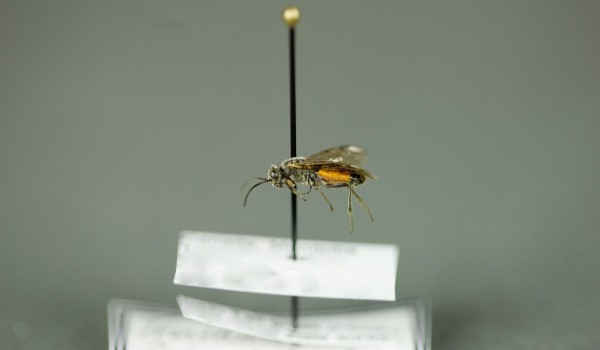
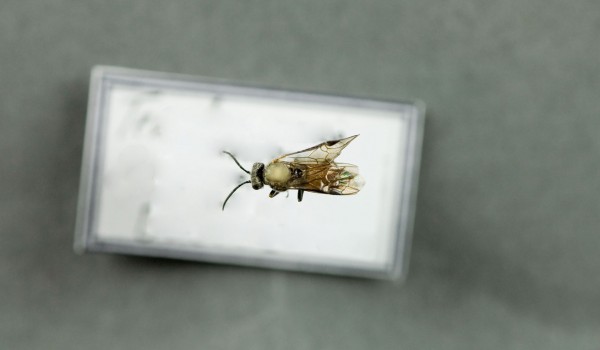
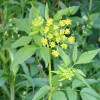 Golden Alexander
Golden Alexander 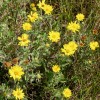 Hairy Golden Aster
Hairy Golden Aster